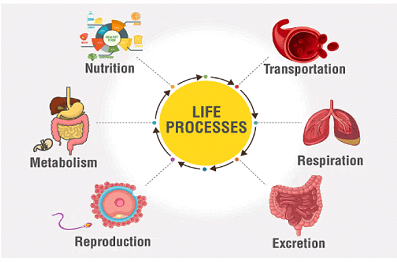pH and Its Importance
Chemistry InsightsWhat is pH?
The term pH stands for “potential of hydrogen”. It measures the acidity or basicity of aqueous solutions on a scale from 0 (very acidic) to 14 (very basic), with 7 being neutral (pure water).
- Acids: pH < 7 (higher H+ concentration)
- Bases: pH > 7 (higher OH– concentration)
- Neutral: pH = 7 (pure water at 25°C)
How pH is Measured
pH Indicators
- Litmus paper (red/blue)
- Universal indicator (rainbow colors)
- Phenolphthalein (colorless to pink)
pH Meters
Electronic devices that measure voltage difference between electrodes to give precise digital pH readings.
Why pH Matters
Biological Systems
Blood pH must stay between 7.35-7.45. Even small deviations can be fatal.
Agriculture
Most crops grow best in soil pH 6-7. Blueberries need acidic soil (pH 4.5-5.5).
Common pH Values
Did You Know?
The pH scale is logarithmic – meaning pH 5 is 10× more acidic than pH 6!


